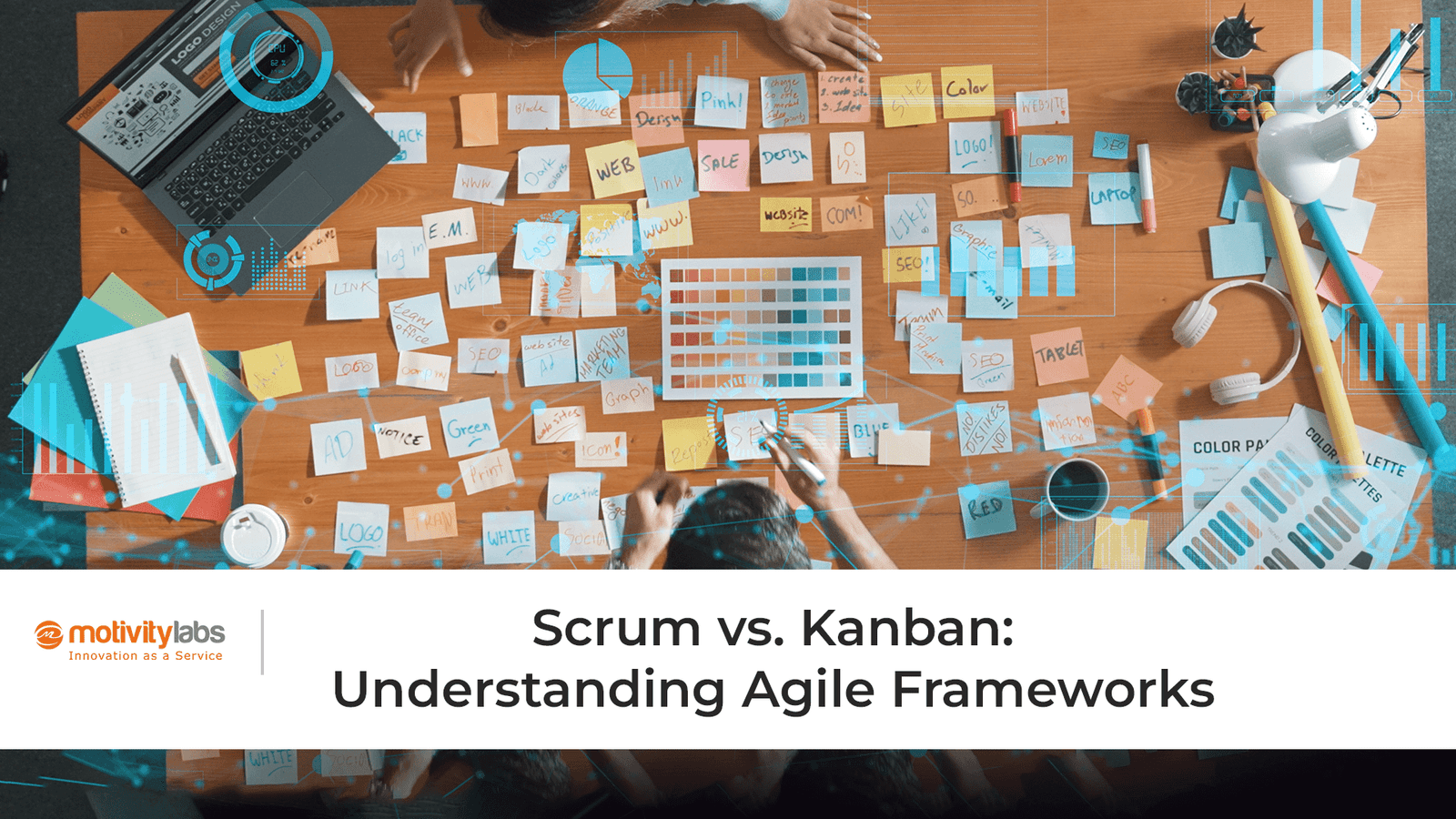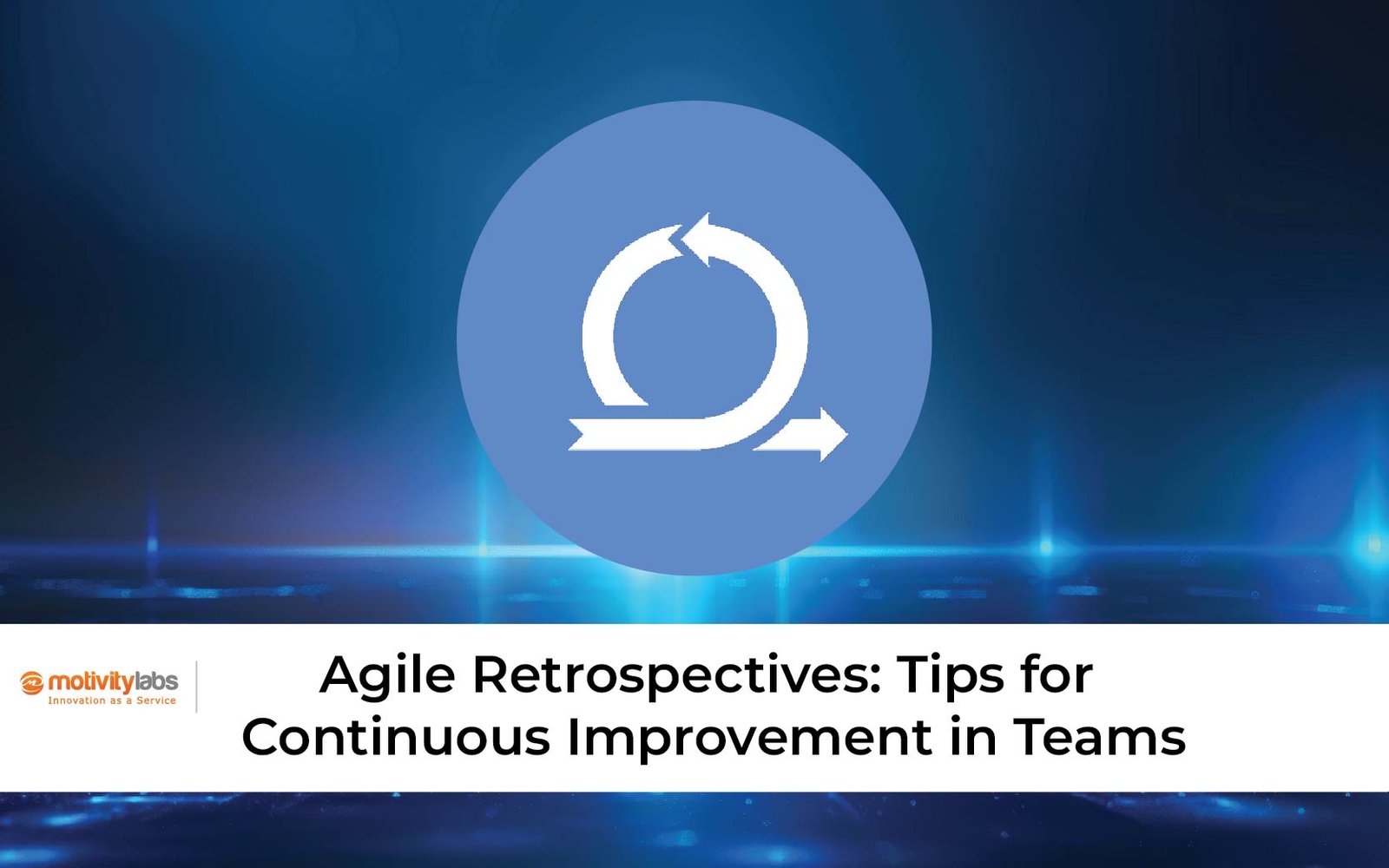Agile frameworks have transformed how IT and software teams manage and complete their work. In a fast-moving world, teams want flexibility, speed, and a system that helps them stay on track while adapting to change. Agile frameworks give them that edge.
Scrum and Kanban are two of the most widely used Agile approaches. Each has its strengths. Understanding how they function can help you decide which one is the best fit for your team.
Scrum: A Structured Approach to Sprints
Scrum is all about working in short cycles called sprints. Each sprint usually lasts two to four weeks. The team picks a set of tasks to complete during that time. This keeps everyone focused and moving toward a clear goal.
Scrum comes with defined roles. The Product Owner is responsible for maintaining and prioritizing the backlog, the list of tasks and features the team needs to complete. The Scrum Master keeps the team aligned with Scrum practices. The development team does the actual work. This clear division of roles helps things run smoothly.
There are also regular meetings, known as ceremonies. Sprint planning begins the work, daily stand-ups check progress, sprint reviews gather feedback, and retrospectives focus on areas for improvement. These touchpoints keep everyone in sync. A Scrum board helps visualize work. It typically has columns like To Do, In Progress, and Done. You can see progress at a glance. Scrum also uses metrics like velocity to see how much work a team finishes each sprint.
Scrum is significant when the goal is clear, but the path to get there is not. It works well when the team needs structure and frequent checkpoints. However, if priorities change often or deadlines shift a lot, sticking to a sprint plan can get tricky. Another thing Scrum does well is empower teams. Teams reflect, learn, and grow after every sprint. Over time, they improve in what they do and how they do it.
Kanban: Go with the Flow
Kanban takes a different approach. It does not use fixed sprints. Instead, work progresses as it becomes ready, creating a continuous flow system. Kanban teams do not have fixed roles. Work is prioritized as it comes in. Once a task is completed, the next one is picked up. It is simple and flexible.
Like Scrum, Kanban uses a visual board. Each column represents a stage in the workflow, and each card represents a task. As work moves forward, the cards shift from left to right, making it easy to track progress and spot bottlenecks. An essential principle in Kanban is limiting the number of tasks in progress at any given time. This is known as WIP (work in progress). Setting WIP limits helps teams avoid overload and maintain focus, allowing work to flow more efficiently.
Kanban is perfect for support or operations teams who deal with tasks that come in at random. It works especially well when priorities change often. However, because it is less structured, it might not be a good fit for teams that need more guidance.
The strength of Kanban lies in its transparency. Anyone, whether a team member, manager, or client, can view the work status whenever needed. This clarity makes communication easier and helps avoid confusion.
Scrum vs. Kanban: How They Compare
Scrum and Kanban fall under the Agile umbrella, but they’re quite different in practice.
- Time Frame: Scrum uses fixed-length sprints. Kanban supports continuous delivery.
- Roles: Scrum defines specific roles. Kanban allows for more flexibility.
- Planning: Scrum involves detailed planning before each sprint. Kanban plans tasks on the go.
- Change: Scrum limits changes mid-sprint. Kanban is more adaptable.
- Meetings: Scrum has set meetings. Kanban doesn’t require them.
- Metrics: Scrum tracks velocity. Kanban measures cycle time and lead time.
Best Fit: Scrum works well for new product development. Kanban fits support and operational work.
When Scrum Makes Sense
Choose Scrum when your team works on projects with a long-term goal but unclear steps. If the project can be broken down into smaller chunks and needs frequent review, Scrum is a great fit.
Additionally, it works well when you want to involve clients or stakeholders regularly. Because Scrum has built-in checkpoints, it encourages ongoing collaboration. It is helpful when consistency, structure, and feedback matter.
When Kanban is a Better Fit
Kanban shines when work is ongoing and unpredictable. Think of customer support, IT operations, or DevOps teams. If your team deals with incoming work that varies in priority, Kanban makes it easier to respond quickly.
It is also a robust choice when you want to ease into Agile without adopting too much structure. With Kanban, you can start small and grow into more complex workflows.
Scrumban: A Hybrid Approach
Sometimes, teams take elements from both Scrum and Kanban. This hybrid approach is called Scrumban. It blends Scrum’s short-term planning with Kanban’s flow.
Scrumban is helpful for teams that want the discipline of planning and the flexibility to adapt. It is ideal for teams transitioning from traditional project methods to Agile. This hybrid model supports regular reviews and improvements, just like Scrum. Furthermore, it lets teams deal with incoming tasks on the fly, like Kanban. It is often the best of both worlds.
Tools That Help You Implement Agile Frameworks
Tools like Jira, Trello, and Asana make it easier to adopt Agile frameworks. They offer visual boards, task tracking, and reports that provide insights into team performance. Azure DevOps is also popular in more technical environments.
Some tools connect with other systems, such as code repositories or testing platforms. This helps automate workflows, saving time and reducing manual effort. They also offer real-time dashboards to monitor metrics like task completion rate or delivery speed.
Agile in the Real World
Agile frameworks aren’t just for developers. Marketing, HR, and product teams use them too. They help any team that values fast feedback, teamwork, and the ability to adjust quickly.
Startups use Agile to move quickly and experiment with new ideas. Enterprises rely on it to remain competitive in a fast-changing market. Agile frameworks help everyone stay focused and productive without getting bogged down in red tape.
Why Agile Frameworks Are Here to Stay
Agile frameworks support collaboration, faster delivery, and continuous learning. In a fast-paced business environment, that is not just helpful; it is essential. Teams that adopt Agile tend to deliver better results and stay more motivated.
They allow room for trial and error. Teams can test ideas, learn from what works, and improve quickly. That’s a huge advantage in industries where customer needs evolve swiftly.
Wrapping It Up
Scrum and Kanban offer ways to make work more efficient. Neither is better than the other. It is about what works best for your team. Scrum is a great choice when structure is vital. Kanban works well for teams that need flexibility. For a balance of both, Scrumban could be the ideal solution.
At Motivity Labs, we help teams adopt Agile frameworks that fit their goals and workflows. Whether launching a product, supporting daily operations, or scaling your development, we can help you implement the right Agile framework.
Let’s work together to make your teams more agile, productive, and ready for the future.



